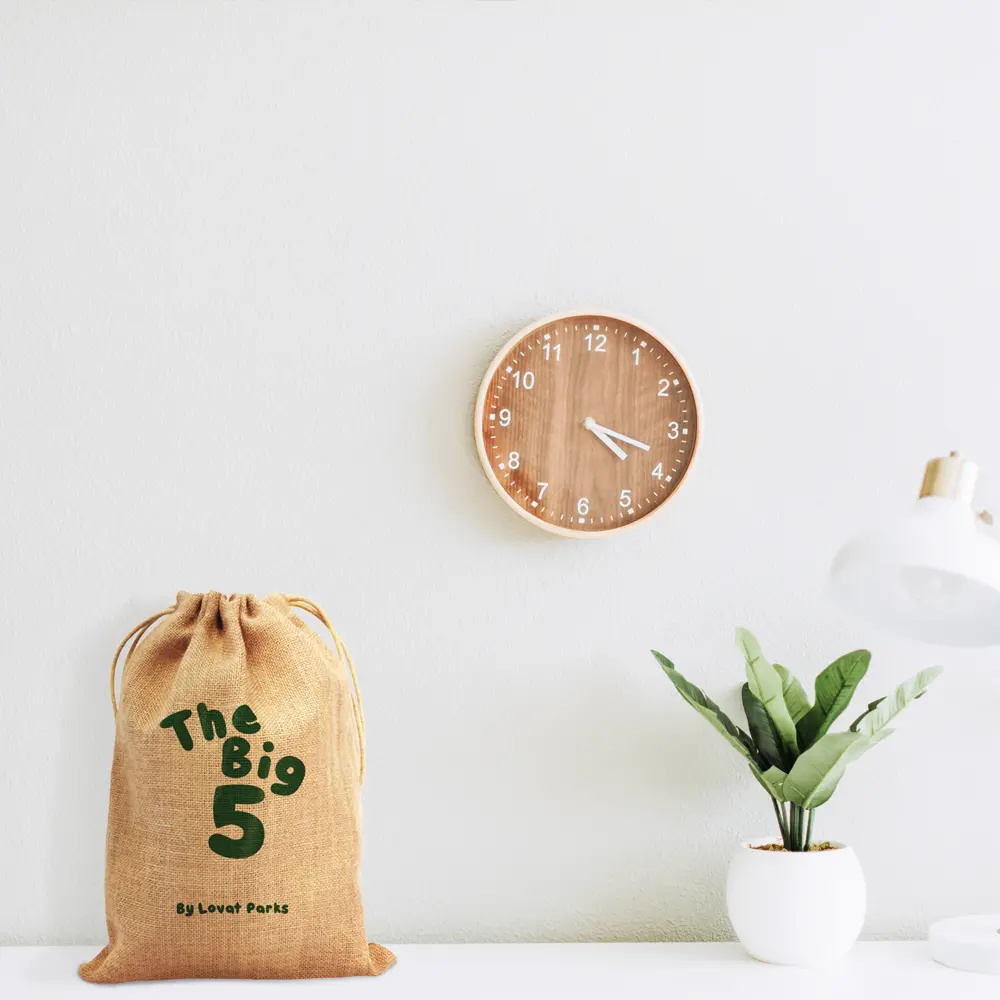
Unravelling a Fibre Mystery
Are Burlap Sacks the Same as Jute Sacks?
Burlap sacks and jute sacks are often used interchangeably in conversation, but are they truly the same? As we delve into the world of fibres and textiles, we’ll explore the distinctions and similarities between burlap sacks and jute sacks. Understanding these materials not only satisfies our curiosity but also sheds light on their unique characteristics and applications.
"Incorporating hessian, jute, or burlap bags into your marketing and sales strategy can set you apart from the competition and leave a lasting impression on your customers"
The Origins of Burlap and Jute
Burlap: Burlap is a coarse fabric made from the fibres of the jute plant or sisal fibres. It has a long history and has been used for centuries in various applications, from packaging to home decor.
Jute: Jute, on the other hand, is a natural fibre derived from the stems of the jute plant. It is known for its versatility and eco-friendly nature, making it a popular choice for various industries.
Composition and Texture
Burlap: Burlap is typically coarser and heavier, with a rough texture. Its natural colour ranges from light tan to brown.
Jute: Jute fibres are softer and finer, providing a smoother texture compared to burlap. The colour of jute can vary from off-white to brown.
Common Uses
Burlap: Historically, burlap has been widely used for making burlap sacks, burlap bags, and as a material for transporting and storing goods. It’s also utilised in crafting, gardening, and rustic-themed decor.
Jute: Jute is a versatile material employed in the creation of jute sacks and bags, but it extends to a broader range of applications. From textiles and rope to geotextiles and eco-friendly packaging, jute’s applications are extremely diverse.
Strength and Durability
Burlap: While durable, burlap’s coarser weave may make it better suited for applications where breathability is essential, such as in agriculture.
Jute: Jute is recognised for its strength and durability, making it a preferred choice for heavy-duty applications like sacks for agricultural produce and construction materials.
Environmental Impact
Burlap: Burlap, being made from natural fibres, is biodegradable and eco-friendly. Its sustainable nature aligns with the growing demand for environmentally conscious products.
Jute: Jute is often hailed as an environmentally friendly option due to its rapid growth and biodegradability. Its cultivation requires minimal pesticides and fertilisers.
In conclusion, while burlap and jute share a common plant origin, they exhibit distinct characteristics that set them apart. Burlap, with its coarser texture, finds its niche in more industrial applications, whereas jute’s versatility and finer texture make it suitable for a broader range of uses including printed bags and sacks. At GoJute, as the name suggests, we use jute (or cotton) for manufacturing bags and sacks and our product range includes everything from tiny sacks for jewellery making and craft supplies to huge jute Christmas sacks as a spacious alternative to Christmas stockings. Using jute and cotton for these purposes gives you a more refined product that is both tactile and holds a printed design well. Understanding the nuances between burlap sacks and jute sacks is essential if you are looking to create a functional, tactile and aesthetically pleasing burlap-sack-style product.



